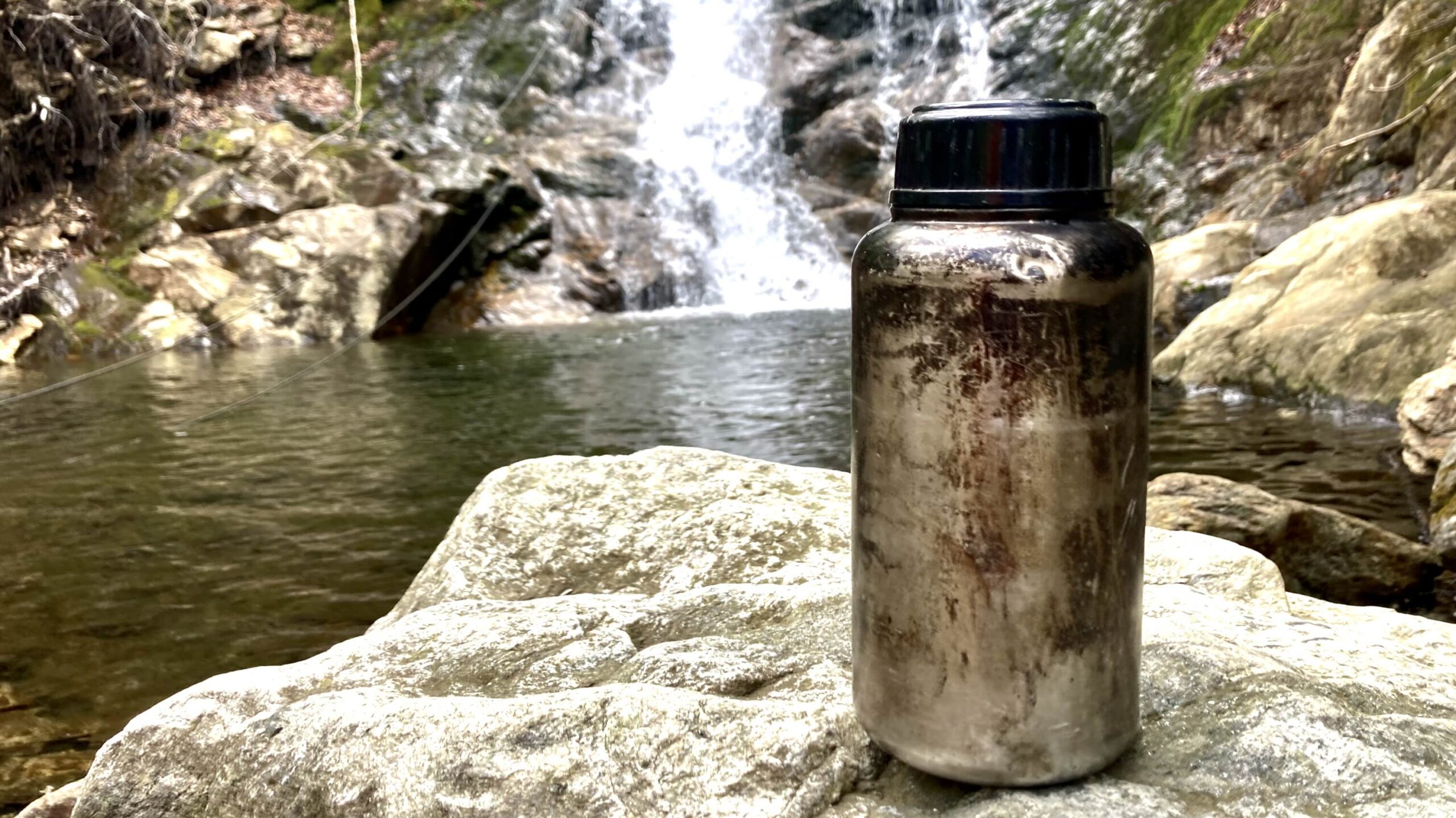At the time of writing we are in the midst of the COVID-19 pandemic. I hope many of you are using your newfound time to read some books. If you’re looking for something to read, I am going to offer some of my favorite books, and I’ll keep this series going, hopefully well into the future.
This article contains affiliate links.
Devil in the White City: Murder, Magic, & Madness at the Fair That Changed America by Erik Larsen. I don’t think there’s a single other audiobook that I’ve listened to more than once. I was on a long-distance road trip in my early 20s, long before iTunes or Audible existed, and before you had anything to download audiobooks to even if they did. I stopped at a bookstore to buy an audiobook on CD (yeah, people used to do that if they couldn’t find a Cracker Barrel to rent books from) and found this gem. It follows two simultaneous events: the Chicago World’s Fair of 1893 and the activities of serial killer H.H. Holmes.
This is the only non-fiction book I’ve ever read that truly read like a work of fiction. I was totally sucked in. The World’s Fair Grounds was designed by Frederick Law Olmstead, and was to be electrified – a monumental first. H.H. Holmes had built a house of horrors (literally) and preyed on young women traveling to Chicago for the fair. This is one of the few books that caused me to spend extra time in the car because I didn’t want to stop listening.
Tribe: on Homecoming and Belonging by Sebastian Junger. I have been in a struggle to find belonging with “my people” since I moved to my new town. Prior to that I interacted with former SOF dudes, intel people, federal agents on a daily basis. . . people that I shared some common background with (and my twisted sense of gallows humor). I’ve let myself get my hopes up a couple times, including once with dude that seemed cool and had a SEAL “bone frog” tattoo. When I asked him about the tattoo. . . it turns out he wasn’t a SEAL. Most of the kids in my EMT class have no concept of the world beyond their county, and I find myself both sorry for, and bored with them. Anyway, I’m rambling.
Tribe is one of the most helpful books I’ve ever read in this regard, and I probably need to read it again. Junger talks about how veterans know how to die for their country, but they have no idea how to live for it once their service is over. This book is recommended for anyone. If you’ve been a member of an extremely tight-knit team (in combat or not) you know how hard it can be to lose the camaraderie of the team. If you haven’t, this book can help you understand someone who has. Highly recommended.
In Defense of Food: An Eater’s Manifesto and Cooked: A Natural History of Transformation Michael Pollan. The first Pollan work I read was The Omnivore’s Dilemma (I have a insanely clear recollection of reading this on my bunk in Afghanistan). I was immediately hooked and recommend it, but I don’t think it had quite the same impact as In Defense and Cooked. Michael Pollan’s writing ended up largely shaping the way I think about food. . . not to mention the fact that I actually think about the food I eat. at all. Pollan’s works might be a little to woo-woo for some of you, but don’t let the smooth taste fool you: this liberal college professor has the literal blood of his food on his hands. How many of us can honestly say the same?
In Defense of Food talks, in-depth, about Pollan’s three “food rules” (a separate, pamphlet-length treatment called Food Rules is also available but I really recommend the full work):
- Eat food. REAL food: minimally processed, no ingredients your grandmother wouldn’t recognize, no ingredients with more than five syllables, etc.
- Mostly plants. MOSTLY, not all. Pollan definitely loves meat.
- Not too much. In all things, moderation.
Pollan does a deep dive into these simple rules. If you already have a very thoughtful system of eating this probably won’t change much of what you’re doing. The thing I admire about Pollan’s “food rules” is, it’s not all-or-nothing, and it’s a system of thought, not a diet.
Cooked takes a different tack and examines four different types of cooking through the elements of fire (roasting meat), water (braising meat), air (bread), and earth (fermenting). Pollan examines each element, in its element. In the Fire portion he takes a deep dive into Carolina-style barbecue. Water looks at slow-cooked Bolognese sauce. Air examines San Francisco sourdough and provides a fucking amazing recipe. Earth sees Pollan making sauerkraut and mead (I still make sauerkraut to this day thanks to Pollan, and I’ve “graduated” from mead-making to beer brewing).
If you already have a very codified diet/nutrition plan, you can definitely still get some good perspective from these books. If you’re putting stuff into your body without thought of what goes into it (both into the food and your body) these books are must-read material.
Feature Image Attribution: Image courtesy of Gerald at needpix.com, https://www.needpix.com/photo/download/1630793/book-library-read-literature-learn-education-study-stack-book-pages





